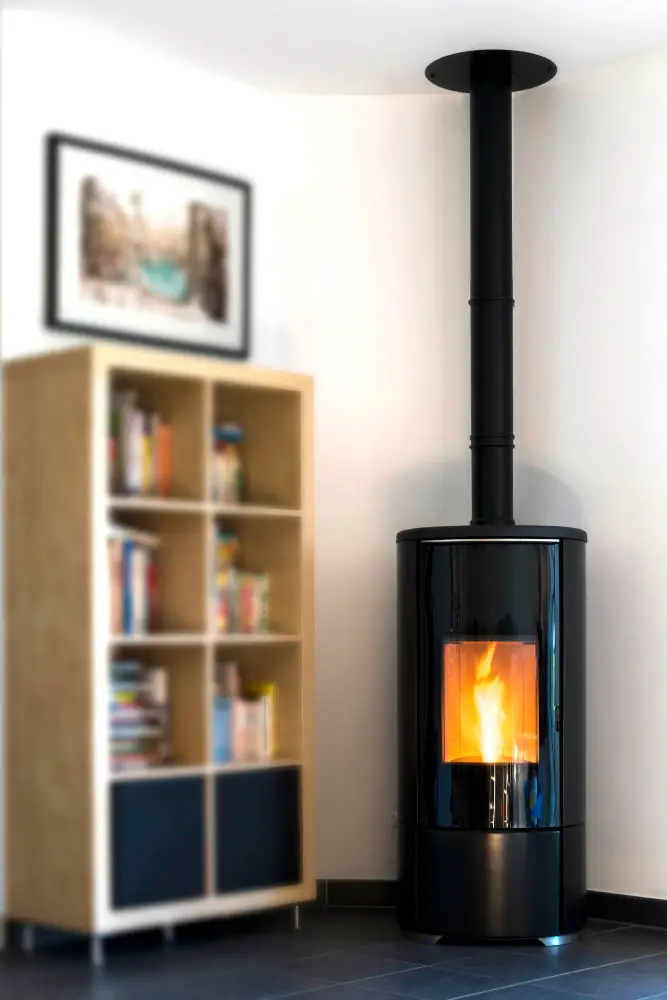Last updated on
Unless you’re fortunate enough to live in a tropical paradise, you probably rely on your furnace to heat your home a few months a year. Even if you’re only using your furnace for a month or so each year, when the temperature drops, you want warm air blowing out of the vents.
A common question that many homeowners have is when to replace a furnace. After all, you don’t want to wait until winter to find out your furnace isn’t working. Thankfully, we’re here to help, providing essential insights to guide you.
What's Inside
When to Replace Your Furnace

Replacing your furnace before it breaks is a hefty expense—however, in the long run, replacing an older furnace can end up saving you money on repair and energy costs.
Best of all, if you consider replacing your furnace now, you don’t have to worry about not being able to heat your home in the winter. You may also be able to take advantage of financial incentives like rebates on Energy Star-rated models.
Your Furnace is 15 Years or Older
Your furnace may seem like it’ll run forever—after all, it’s kept your home warm in the winter for many years by this point. But, like all appliances, furnaces have a lifespan, and most furnaces last anywhere from 250 to 30 years. However, the appliance’s lifespan does depend on a few factors.
For example, if you’re not keeping up with routine maintenance, this can ultimately shorten the lifespan of your furnace. Most technicians recommend servicing your furnace at least once a year.
After 15 years, you may notice your furnace needs repairing more frequently. Over time, the repair costs will quickly add up, and before long, repair costs may total the cost of a new furnace. If this applies to you, it’s probably time to start thinking about replacing your old furnace.
Furthermore, if you’re concerned about purchasing costs, a new furnace is far more energy-efficient than your old one. This is because the enhanced efficiency that’s offered ultimately means lower heating bills that can help offset the initial purchase cost.
Higher-Than-Average Energy Bills
You expect your utility bills to rise in the winter, but not to dramatically skyrocket to unreasonable levels. When your energy bills are higher than average it’s probably time to start thinking about replacing your furnace.
A quick and easy way to see if your utility bills are rising is to compare them to the previous year.
Check to see if your furnace is constantly running all the time, as this will drive up your overall energy usage rates. When your furnace is struggling to maintain the set thermostat temperature, it’s often a warning sign that the appliance is on its way out.
The Furnace is Making Odd Noises
You should expect a little noise from your furnace, as the unit has many moving parts. From the engine to the blower and fan, some slight noise is common, especially the first time you turn your furnace on in the winter.
Sometimes, furnaces will make buzzing, rumbling, or even humming noises, which is often an indication that it’s time to call for repairs. If the noises come back, you probably have mechanical issues. These are usually expensive to repair and there’s no guarantee the problem is permanently resolved.
In this case, it’s often more cost-effective to replace the furnace instead of constantly paying for expensive repairs.
Soot Around Vents and Registers
Not everyone keeps up with vent and register maintenance, which can result in dust and debris collecting in the vents. Over time, the dirt can form around the edges of your vents and registers.
Soot around vents and registers can be a sign that the furnace is producing too much CO2, which requires more extensive repairs than a simple ductwork cleaning, it’s a sign something is wrong with your furnace.
The first step is to immediately turn the furnace off, as concentrations of CO2 can be harmful to pets and people. There’s a chance the issue with the furnace is repairable, however, get ready for a large service bill. In these instances, instead of trying to repair the issue, replacing your old furnace is often more cost-effective.
Additional Signs It’s Time to Replace Your Furnace

Some other tell-tale signs your furnace needs replacing include:
- Rooms heating unevenly
- Cracks or rust on or around the furnace
- Dust, dirt, and debris gathering around or underneath registers and vents
You may be able to get away with a repair, but in the long run, it’s better to replace your old furnace.
Replace Your Old Furnace and save Money

Buying a new furnace is expensive, but it can also save you plenty of money over time. From lower energy bills to reduced repair costs, sometimes it’s best to replace your furnace before it goes out.
Make the right decision for your home and your overall energy consumption; replace your old furnace today.




